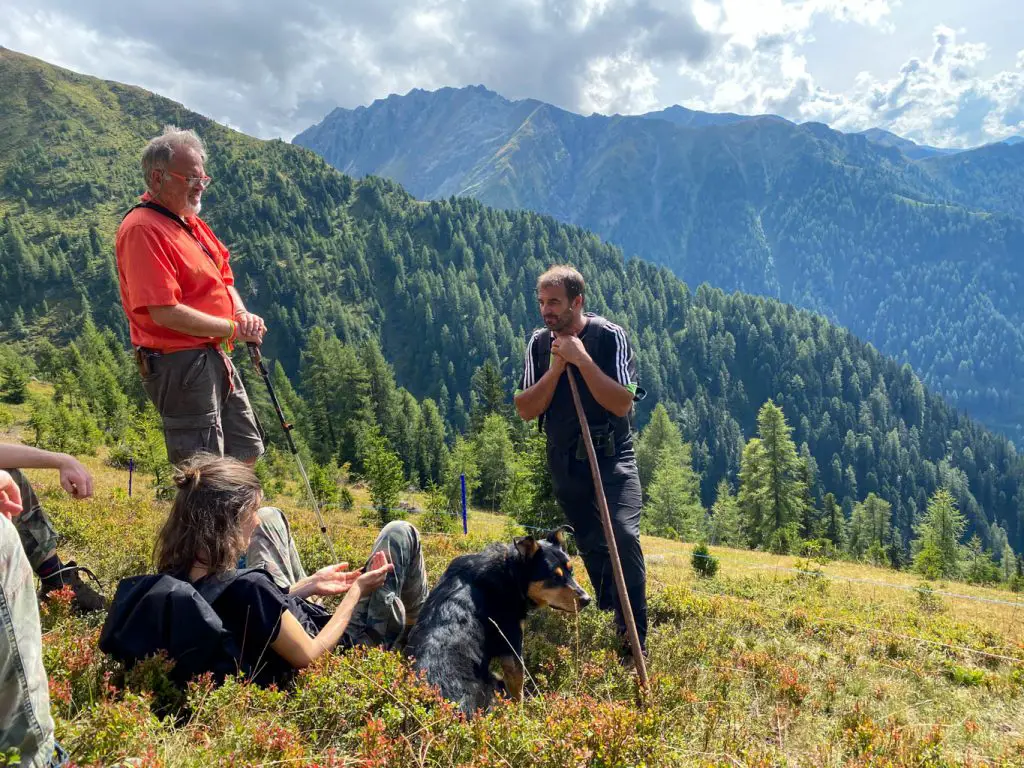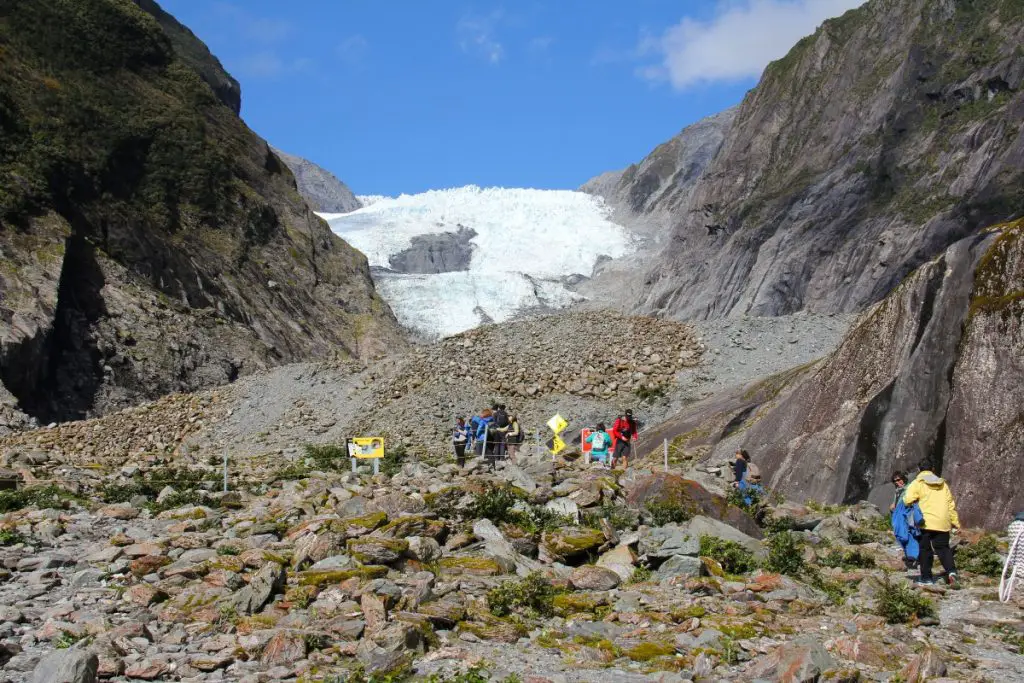New Zealand backpacking and hiking culture
New Zealand backpacking routes will give many reviews and images of other hikers, campers, and outdoor enthusiasts to plan your next adventure.
New Zealand is a very small nation, yet its landscapes are incredibly diverse and expansive. The “Lord of the Rings” films were shot in New Zealand for good cause. The terrain is frequently surreal, with its spectacular glacier panoramas, dramatic river basins, and miles of desolate beaches.
In New Zealand, having fun in nature has a long and storied past. Generations of mountaineers and climbers have used the Southern Alps, a vast mountain range with rugged peaks and enormous glaciers, as a training ground.
“Walking” and “tramping” are common terms in New Zealand backpacking and hiking, respectively, and it is not unusual to see individuals of all ages and physical capacities out on the trails. All the essentials, as well as cheap lodging and shuttle services, can be found in the quaint little villages that have sprung up around the main trailheads. Meanwhile, a comprehensive hut system makes tramping an unforgettable adventure for tourists from across the world.

New Zealanders are known as “Kiwis,” and they are known for their outward friendliness and sometimes sarcasm. Hikers can bank on their assistance with everything from lighting a temperamental hut fire to avoiding the country’s famed gear-grabbing mountain parrots.
While independent or self-guided tramping is prevalent in New Zealand, group tours are also quite popular. Most of New Zealand’s Great Walks sections on the Department of Conservation’s (DOC) website provide contact information for commercial operators.
Most foreign hikers choose the South Island because it offers steep terrain and extensive wilderness areas. Hikers may spend months exploring the trails in the South, but they should also spend some time on the North Island if they want to relax on the beach or see the country’s active volcanoes.
Well-maintained routes and lodges make these treks accessible to even the most inexperienced of hikers, and the landscape is what many people think of when they think of hiking in New Zealand. The Heaphy Track is a 4-6 day hike that takes you through some of the South Island’s most inaccessible landscapes, making it a great option for those looking to avoid the crowds without sacrificing their Great Walk status.

This hidden treasure of the South Island has stunning hiking paths that are often overlooked in favor of the more popular Great Walks. The 50-mile Tavers-Sabine circle offers a taste of classic New Zealand landscapes; don’t forget to detour to Lake Angelus and Blue Lake, where you may swim in some of the world’s cleanest fresh water.
Atop the Southern Alps, at 12,281 feet, sits Mount Cook, the crown gem, and the Mueller Hut is the best position to see it all in. Watching the sun go down from the hut’s terrace, where the light shifts and reflects off a massive wall of glaciers, is an unforgettable experience.
Any mountain lover may be won over by the North Island’s stunning shoreline. Hikers have the option of tackling the whole 30-mile Te Paki Coastal Track, which spans the northernmost point of New Zealand, in one go or by slicing it up into shorter portions over the course of several days.
New Zealanders refer to trails (or “tracks”) differently, and their varying degrees of difficulty should be taken into account while planning an outing and packing gear. Great Walk/Easier tramping track describes the trail difficulty level for the least difficult kind of backpacking. Although there may be portions of severe elevation gain and fall, these paths are well maintained, constantly signposted, and typically simple to follow.
We could find portions of an “advanced tramping trail” to be as steep, rugged, and overgrown as those on a boot path in the United States. Sturdy shoes are required for these trails, and trekking poles come in handy on the way back down. Most of New Zealand’s difficult tramping pathways are marked with DOC’s signature orange blazes or poles, much like the simpler trails, however, the markings may be a little variable. There are several river crossings that lack bridges.
Experience hiking off-trail is a must for individuals looking into route-marked hikes. Many hours of route-finding, bushwhacking, and fording rivers and streams are probably in store for you on these outings.

Risks and Safety Issues
When it rains in New Zealand, it really rains, and the weather prediction is always changing. Packing a raincoat, rain trousers, and a pack cover or liner inside your backpack is a must. New Zealand trampers often use gaiters to protect their feet from the elements and moist vegetation. Remember to bring along several spare pairs of wool socks.
With regards to water, river crossings provide one of the greatest safety risks in New Zealand, particularly on tramps that are not part of the Great Walk system. If you will be making a journey that involves an unbridged river crossing, consult the rangers at the local DOC office. Avoid crossing rivers during and shortly after storms and thawing snow.
When it comes to wildlife, American travelers need not worry about encountering any of the species found in New Zealand. However, keep your food in your tent or a rodent- and bird-proof container since they are abundant. The famed sandfly, a small insect whose bite causes swelling and itching for days, is New Zealand’s most dangerous predator. Most bites may be avoided simply by covering up with trousers, long sleeves, and socks, but it’s still a good idea to bring a mosquito net and some bug repellent just in case.





